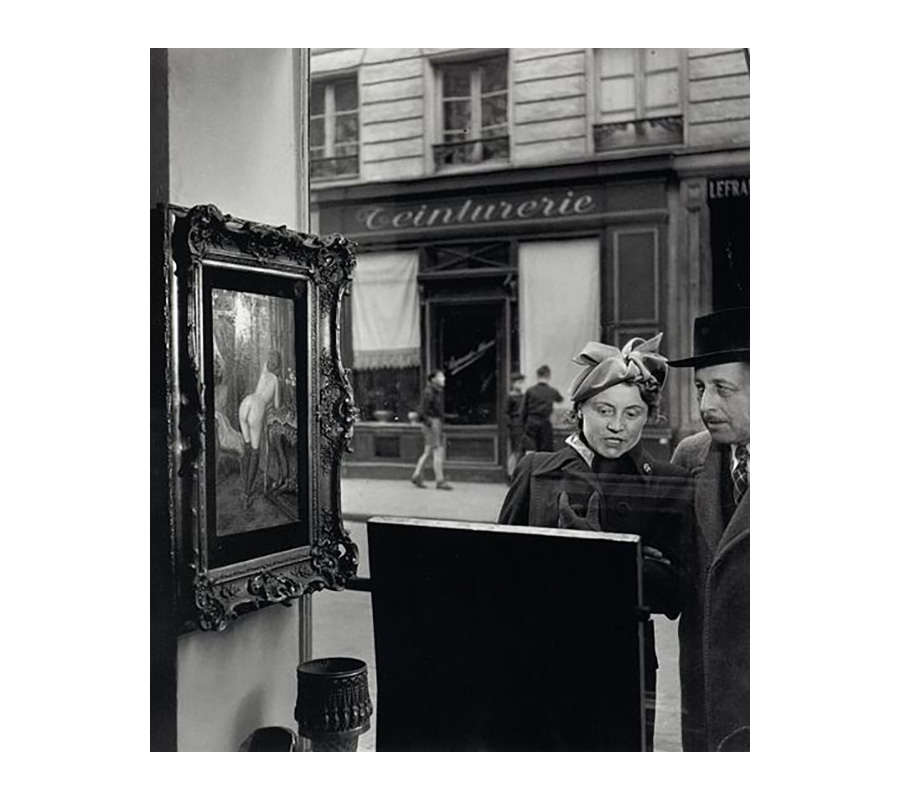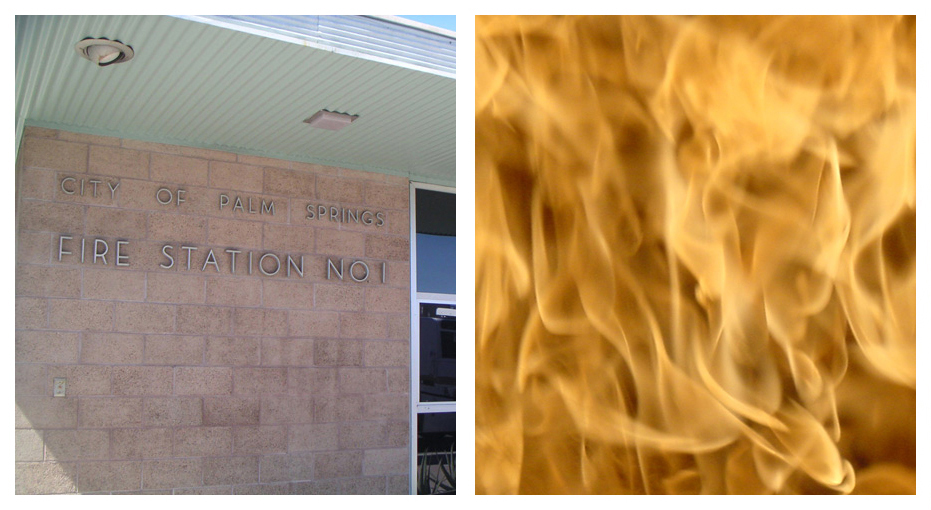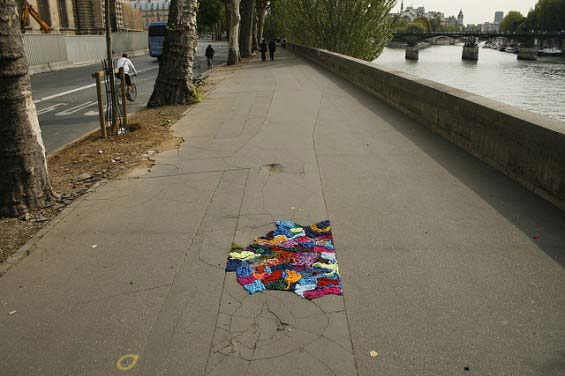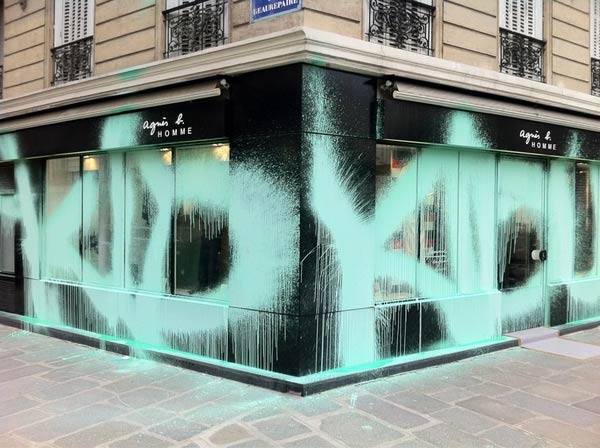europe
Person, woman, man, camera, TV

Volodymyr Zelensky is the sixth and current president of Ukraine. Before entering politics, he was a comedian, actor, screenwriter, film producer, and director.
Prior to his political career, he created a production company, Kvartal 95, which produces […] TV comedy shows, including Servant of the People, in which Zelensky played the role of President of Ukraine. The series aired from 2015 to 2019. A namesake political party bearing the same name as the television show was created in March 2018 by employees of Kvartal 95.
Zelensky announced his candidacy for the 2019 Ukrainian presidential election on the evening of 31 December 2018 [and] won the election with 73.22% of the vote in the second round. […]
After Zelensky’s inauguration most leading figures of Kvartal 95 joined Zelensky’s administration as Deputy Heads of the Presidential Administration of Ukraine and one was appointed Deputy Head of the Ukrainian Secret Service.
The arrival of driverless cars could help us reduce light pollution
During the period known as the High Middle Ages, between 1100-1250, the Catholic Church built over 1400 Gothic churches in the Paris Basin alone. […]
This thesis examines the implicit costs of building the Gothic churches of the Paris Basin built between 1100-1250, and attempts to estimate the percentage of the regional economy that was devoted to build them.
I estimate that over this 150-year period, on average, 21.5 percent of the regional economy was devoted to the construction of these Gothic churches, 1.5 percent of which is directly related to the implicit cost of labor.
While my JVC vibrates the concrete

I have itemized data for a single line in New York (Second Avenue Subway Phase 1) and a single line in Paris (Metro Line 1 extension), from which I have the following costs:
Tunneling: about $150 million per km vs. $90 million, a factor of 1.7
Stations: about $750 million per station vs. $110 million, a factor of 6.5
Systems: about $110 million per km vs. $35 million, a factor of 3.2
Overheads and design: 27% of total cost vs. 15%, which works out to a factor of about 11 per km or a factor of 7 per station
[…]
In Paris, as well as Athens, Madrid, Mexico City, Caracas, Santiago, Copenhagen, Budapest, and I imagine other cities for which I can’t find this information, metro stations are built cut-and-cover. While the tunnels between stations are bored, at higher cost than opening up the entire street, the stations themselves are dug top-down. This allows transporting construction materials from the top of the dig, right where they are needed, as well as easier access by the workers and removal of dirt and rock. There is extensive street disruption, for about 18 months in the case of Paris, but the merchants and residents get a subway station at the end of the works.
In contrast, in New York, to prevent street disruption, Second Avenue Subway did not use any cut-and-cover. The tunnels between stations were bored, as in nearly all other cities in the world that build subways, and the stations were mined from within the bore, with just small vertical shafts for access. The result was a disaster: the costs exploded, as can be seen in the above comparison, and instead of 18 months of station box-size disruption, there were 5 years of city block-size disruption, narrowing sidewalks to just 2 meters (7′ to be exact).
pencil, ink, and enamel on tracing paper { Elena Asins, Scale, 1982-1983 }
Sea, sea! Here, weir, reach, island, bridge.

Floating bridges do not work in all cases because they are susceptible to harsh weather conditions such as strong waves and currents. This is where the floating tunnels come in. […]
The term “floating” is perhaps misleading. The tunnels are fixed in position with cables — either anchored to the seabed or tethered to pontoons which are spaced far enough apart to allow boats to pass through. Made of concrete, they would function like conventional tunnels. […]
The biggest risks in the project are explosions, fire and overloading. […] Results so far indicate that the constant water pressure that surrounds the floating tunnels reduces the damage caused by explosions. […]
the NPRA team is also investigating how the tunnels would fare if submarines crashed into them.
still { Akira Kurosawa, Rashomon, 1950 }
Making the right choice does not always lead to a good outcome—sometimes there are only bad outcomes to choose from

Albania is a country in the Balkans that has a long history of patriarchal traditions. Albania is traditionally a patricentric society, so having sons in the family is very important. When a family does not have sons, or loses their sons, then a sworn virgin can be a suitable replacement.
A sworn virgin is a woman who, either at birth, or by her own choice, decides to take on male gender roles. The sworn virgin makes a vow of chastity, does traditionally male labor, and usually wears male styled clothing. The vow of becoming a sworn virgin means that the woman no longer has marital obligations, the woman can become the head of her own household and would then have rights to inheritance. One of the main causes that make taking the vow necessary for Albanian families is the power of the Kanun. The Kanun is a medieval code of rules that are the foundation of Albanian culture. Many of the rules focus on honor and regulate the community life.
The Kanun regulates all aspects of Albanian life. The Kanun focuses on aspects of familial honor. A major part of this idea results in “blood feuds.” Blood feuds are deadly feuds between families. A blood feud can start from an insult or theft; they serve the purpose of righting a perceived wrong, honor being more important that a human life. When families become enemies “the enemy family’s honor can only be repaired with more blood. Any male member of the…family tall enough to lift a rifle is a legitimate target.” If a woman is murdered, according to the code, her death can be avenged by killing a woman in the enemy family of killing their dog.
The Kanun has specific rules for the role of women in Albania, perpetuating male dominance in a patriarchal society. Albania has roots as a peasant society where gender roles are very significant. The man is the head of the family, the owner and over seer of the land and the main decision maker. The importance of gender roles and the man’s position of power breed the desire for a passive and compliant woman. According to the article by Arsovska, the Kanun states, “a man has the right to beat and publicly humiliate his wife if she disobeys him. He is also allowed to cut her hair, strip her nude, expel her from the house and drive her with a whip through the village. The Kanun specifies that a man may kill his wife for two reasons: infidelity and betrayal of hospitality.” Further, a woman is considered half of a man, equivalent to a dog and always subservient to her husband or father before she is married.
[…]
In a situation where all the male family members are killed during a blood feud, the family would be destitute, or an unmarried daughter can take the vow to be a sworn virgin. The sworn virgin would then be the head of the household, have rights to the inheritance and be in charge of retaliation of the blood feud. Women are also forbidden from being an active participant in their engagements and marriages. If the woman does not want to marry the man she is arranged to be married to and runs away, her family would bring her back to the man with a single bullet. The meaning of the bullet is if the wife tries to leave again the husband can kill her with the bullet. Some women receive a locket with a bullet inside on their wedding day, the bullet being the bullet she would be killed with if she were to be unfaithful or try to leave her husband. The only honorable way for a woman to avoid an unwanted arranged marriage would be to take the vow. If a woman refuses an arranged marriage it could incite a blood feud between the two houses. Another reason some women take the vow to become a sworn virgin is if their parents do not produce a son. It is considered shameful if a family has no male offspring and some girls will be raised as boys from birth. All cases of a female becoming a sworn virgin have to do with familial honor.
The vow to become a sworn virgin is not to be taken lightly. The vow is considered sacred and is meant for life. The woman making the vow goes before twelve elders of the community and makes a vow of chastity. The traditional punishment for breaking the vow is death. If a sworn virgin is found to break her vow of celibacy she would traditionally be burned alive, although it is unrecorded how often this punishment gets carried out.
[…]
A sworn virgin is able to enjoy the status of being a man, they are able to interact freely with men, smoke cigarettes, carry guns and leave their houses without a male escort.
[…]
The role of the sworn virgin should not be considered lesbianism, as the traditional role of sexual intercourse in Albania is strictly for procreation. Homosexuality was illegal for men in Albania until 1995, and lesbians have never been mentioned in the Kanun or by the state, which would imply that it is a completely foreign or non existent concept to traditional Albanians.
[…]
Even as a sworn virgin, there are times when they are still discriminated against by men and still treated as less than a man. One sworn virgin was not able to become a member of a marksmen club, and another example is of a sworn virgin who, after their death, was buried as a man but did not receive the traditional mourning that men usually receive.
[…]
It is unknown how many sworn virgins are still in existence today, as the post communist Albanian government does not recognize tradition rules from the Kanun. A ‘cultural revolution’ took place in Albania in 1974, declaring all traditional customs as non-existent, so there is no new official records kept of women that take the vow.
{ Elizabeth Rush, The Cultural Role and Identity of Albanian Sworn Virgins | Continue reading }
oil on canvas { Picasso, Femme en bleu, 1944 }
quote { The lesser of two evils: Explaining a bad choice by revealing the choice set }
Stick a fork in it

A thousand years ago, the Doge Pietro Orseolo II took his triumphant naval fleet to the sea entrance at the Lido and ceremoniously threw a diamond ring into the water, thus marrying his city to the Adriatic and securing Venice’s dominion over its waters and trade routes. […]
When Goethe visited Venice for just over two weeks in 1786, he climbed the campanile twice, at high tide and then at low tide. It was from this tower that, at the age of 37 and already famous, he saw the sea for the first time in his life. […]
Now we know for sure that the ocean is rising faster than Venice will subside.
photo { Roman Noven and Tania Shcheglova }
No more shines, Billy

On a Sunday night in May 1935, Victor Lustig was strolling down Broadway on New York’s Upper West Side. At first, the Secret Service agents couldn’t be sure it was him. They’d been shadowing him for seven months, painstakingly trying to learn more about this mysterious and dapper man, but his newly grown mustache had thrown them off momentarily. As he turned up the velvet collar on his Chesterfield coat and quickened his pace, the agents swooped in. […]
Secret Service agents finally had one of the world’s greatest imposters, wanted throughout Europe as well as in the United States. He’d amassed a fortune in schemes that were so grand and outlandish, few thought any of his victims could ever be so gullible. He’d sold the Eiffel Tower to a French scrap-metal dealer. He’d sold a “money box” to countless greedy victims who believed that Lustig’s contraption was capable of printing perfectly replicated $100 bills. (Police noted that some “smart” New York gamblers had paid $46,000 for one.) He had even duped some of the wealthiest and most dangerous mobsters—men like Al Capone, who never knew he’d been swindled.
Now the authorities were eager to question him about all of these activities, plus his possible role in several recent murders in New York and the shooting of Jack “Legs” Diamond, who was staying in a hotel room down the hall from Lustig’s on the night he was attacked.
Un tapis-franc, en argot de vol et de meurtre, signifie un estaminet ou un cabaret du plus bas étage. Un repris de justice, qui, dans cette langue immonde, s’appelle un ogre, ou une femme de même dégradation, qui s’appelle une ogresse, tiennent ordinairement ces tavernes, hantées par le rebut de la population parisienne ; forçats libérés, escrocs, voleurs, assassins y abondent.

…a bizarre affliction that has been widely reported in the media to affect around a dozen of the approximately one million Japanese tourists who visit Paris each year. Paris Syndrome is said to occur when a combination of factors leave tourists with a particularly severe case of culture shock.
Symptoms are purported to include:
acute delusional states, hallucinations, feelings of persecution (perceptions of being a victim of prejudice, aggression, or hostility from others), derealization, depersonalization, anxiety, and also psychosomatic manifestations such as dizziness, tachycardia (and) sweating
photo { Iiu Susiraja }
The most kissed face of all time

{ L’Inconnue de la Seine (French for the unknown woman of the Seine) was an unidentified young woman whose death mask became a popular fixture on the walls of artists’ homes after 1900. Her body was pulled out of the Seine River in Paris around the late 1880s. A pathologist at the Paris morgue was so taken by her beauty that he had a molder make a plaster cast death mask of her face. The mask was used for the head of the first aid mannequin Rescue Annie, created by Peter Safar and Asmund Laerdal in 1958 and used in numerous CPR courses. Her face has been called by some “the most kissed face” of all time. | Wikipedia | Continue reading }
Lick my legs, I’m on fire

photo { Thomas Lélu }
Come up, Kinch. Come up, you fearful jesuit.
Sylvia Beach (1887 - 1962) was an American-born bookseller and publisher who lived most of her life in Paris. (…)
Beach dreamed of starting a branch of Monnier’s book shop in New York that would offer contemporary French works to American readers. Since her only capital was USD$3,000 which her mother gave her from her savings, Beach could not afford such a venture in New York. However, Paris rents were much cheaper and the exchange rates favorable, so with Monnier’s help, Beach opened an English language bookstore and lending library that she named Shakespeare and Company. Four years beforehand, Monnier had been among the first women in France to found her own bookstore. Beach’s bookstore was located at 8 rue Dupuytren in the 6th arrondissement of Paris.
Shakespeare and Company quickly attracted both French and American readers - including a number of aspiring writers to whom Beach offered hospitality and encouragement as well as books. As the franc dropped in value and the favorable exchange rate attracted a huge influx of Americans, Beach’s shop flourished and soon needed more space. In May 1921, Shakespeare and Company moved to 12 rue de l’Odéon.
Shakespeare and Company gained considerable fame after it published James Joyce’s Ulysses in 1922, as a result of Joyce’s inability to get an edition out in English-speaking countries. Beach would later be financially stranded when Joyce signed on with another publisher, leaving Beach in debt after bankrolling, and suffering severe losses from the publication of Ulysses.
I guess you’d say I’m on my way to Burma Shave
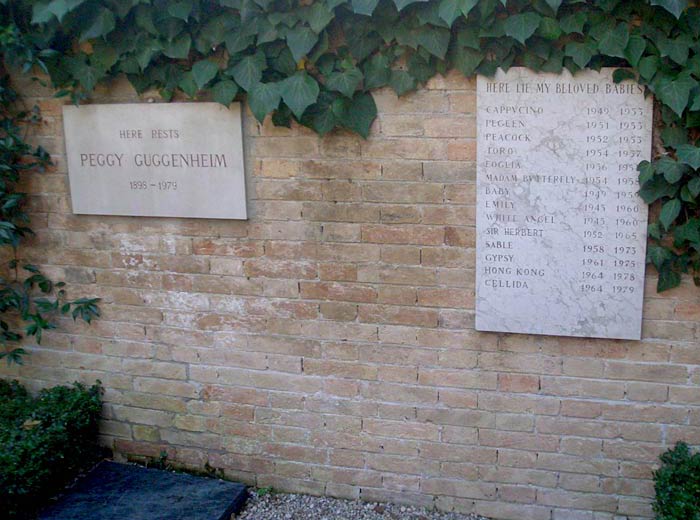
Medieval Venice was a trading empire, one of the busiest ports of the late medieval world. As a hub of commerce waves of plague visited and revisited Venice in 1348, 1462, 1485, 1506, 1575-1577, and 1630-1632 with the last two producing mortality rates around 30% of the population.
As we all know, Venice has a land problem, or rather a lack of land problem. Thriving economies draw large populations and burial space becomes difficult to come by. Adding the plague on top and we have the perfect conditions for the discovery of mass plague burials.
{ Detecting pathogens in medieval Venice | Contagions | Continue reading }
photo { Grave of Peggy Guggenheim and her dogs in Venice | i took the photo | Starting in late December 1937, Peggy Guggenheim and Samuel Beckett had a brief affair. | And: Of everything she did in her life, she said discovering Pollock was “by far the most honourable achievement.” But Pollock was rarely invited to her outrageous bashes “as he drank so much and did unpleasant things on such occasions.” He once urinated into a fireplace. }




